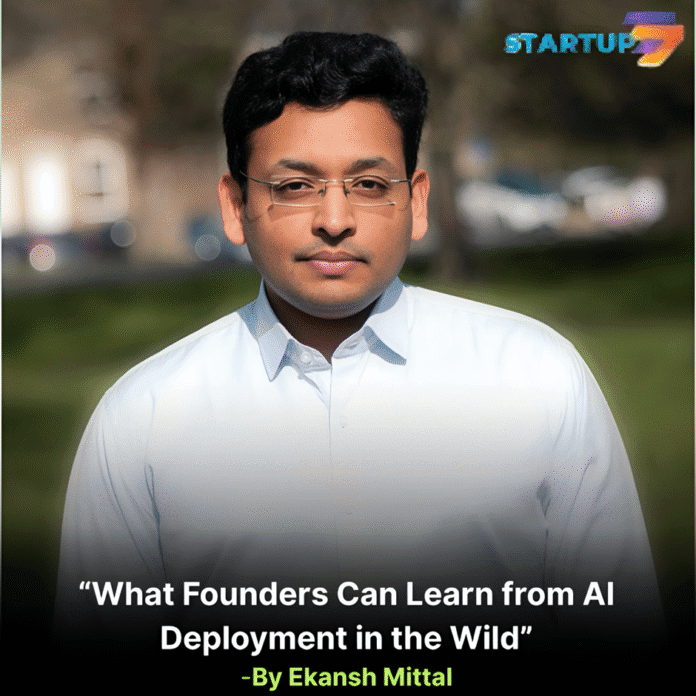By Ekansh Mittal
There’s a saying in forestry: if you want to understand the forest, you can’t just study the trees. You need to see the whole system – soil, weather, wildlife, and time.
That mindset holds true for deploying AI in complex, real-world environments.
In 2022–23, I led the rollout of an AI-powered pest detection platform across pine forests in Scotland and northern Europe. The target? A specific pest – the Large Pine Weevil (Hylobius abietis) – responsible for destroying ~8% of the UK’s pine forests each year. But like most real problems, it wasn’t just about the pest.
Climate, Cost, and Carbon
The system on the ground was fragile. Forest managers were inspecting vast estates using diesel vehicles – often just once every two weeks. By then, the weevils had burrowed in and the trees were dying.
This wasn’t just a pest monitoring problem. It was a carbon-intensive, data-poor, labour-heavy infrastructure failure – one that conventional tools couldn’t solve.
Designing for the System, Not the Spec
We built a vision-based edge sensor combined with predictive ML models – capable of identifying pest activity in real time and correlating it with environmental factors like moisture and soil health.
But the key wasn’t just building smart tech. It was making it land.
Over six months, I met with more than 20 forest district managers across Scotland and England – not to pitch, but to listen. Their insights reshaped everything. Alerts matched existing treatment cycles. Dashboards focused on actionable metrics, not confidence scores. Carbon impact was baked in to support climate-linked funding.
That alignment turned interest into adoption. Within a year, we closed a $230K pilot, a $600K scale-up, and a $4M multi-year contract.
Lessons for Founders Working in the Wild
1. The edge isn’t just technical – it’s operational.
Your device is competing with clipboards and pickup trucks, not other sensors. Design accordingly.
2. Serve the institution, not just the end user.
If your product doesn’t align with system-wide KPIs – emissions, biodiversity, public reporting – it won’t scale, no matter how loved it is.
3. Translate your AI into decisions.
Managers don’t want model outputs. They want to know: Do I need to act today?
Every layer of complexity you remove builds a layer of trust.
The Forest as a Prototype
This wasn’t just about saving trees. It became a template for scaling AI in climate-critical sectors – from water to agriculture to biodiversity.
In these systems, success doesn’t come from raw performance. It comes from fit – technical, cultural, and institutional.


Recent Comments